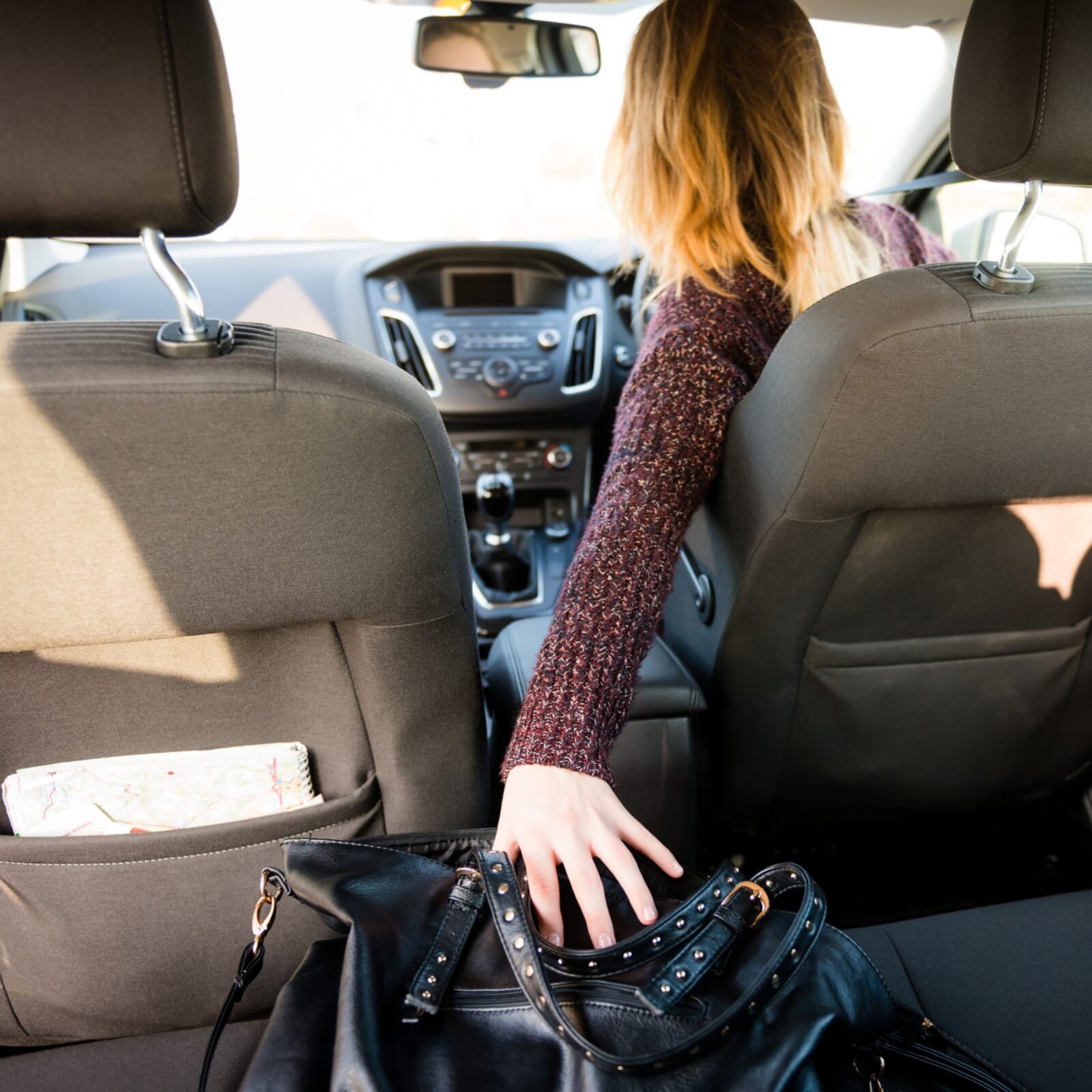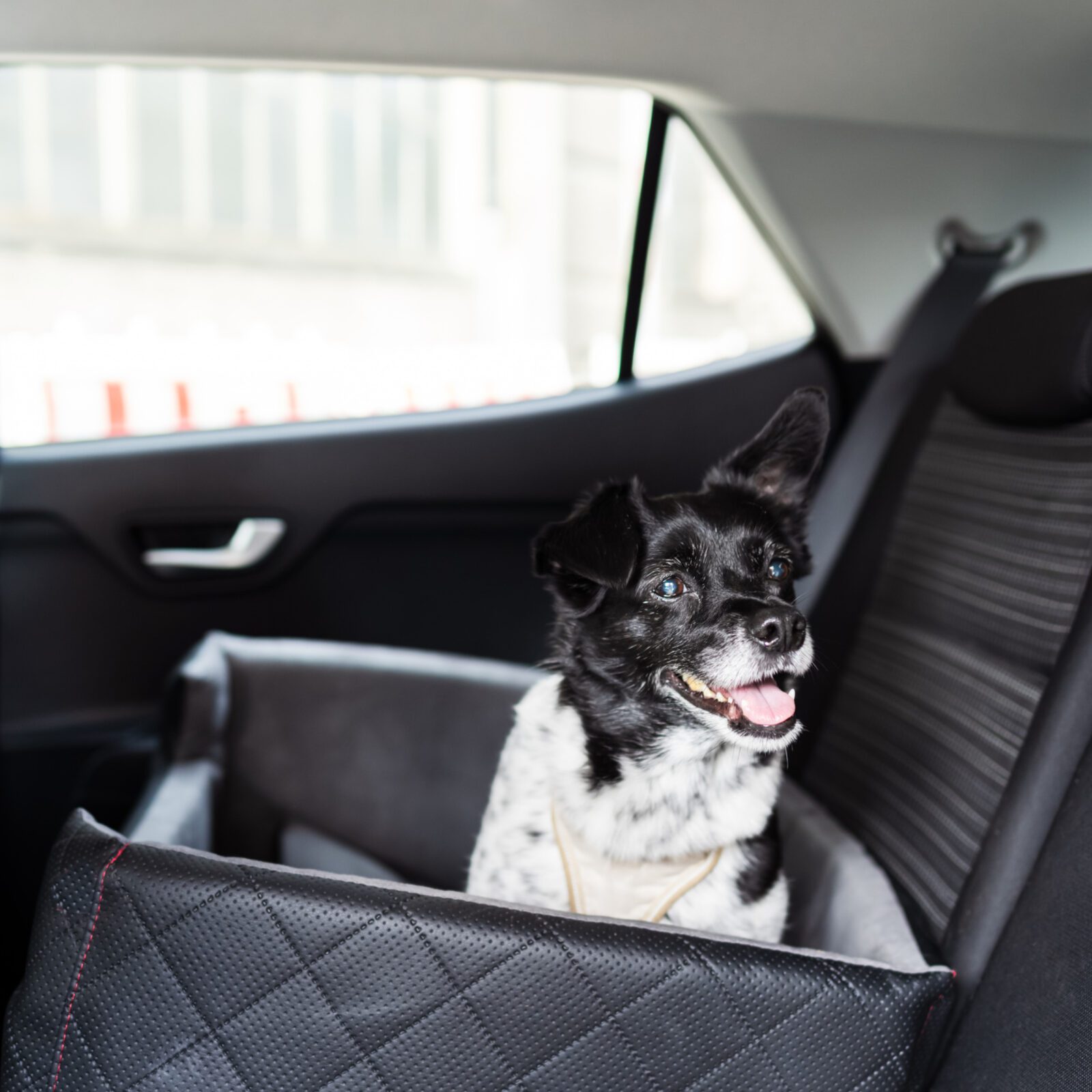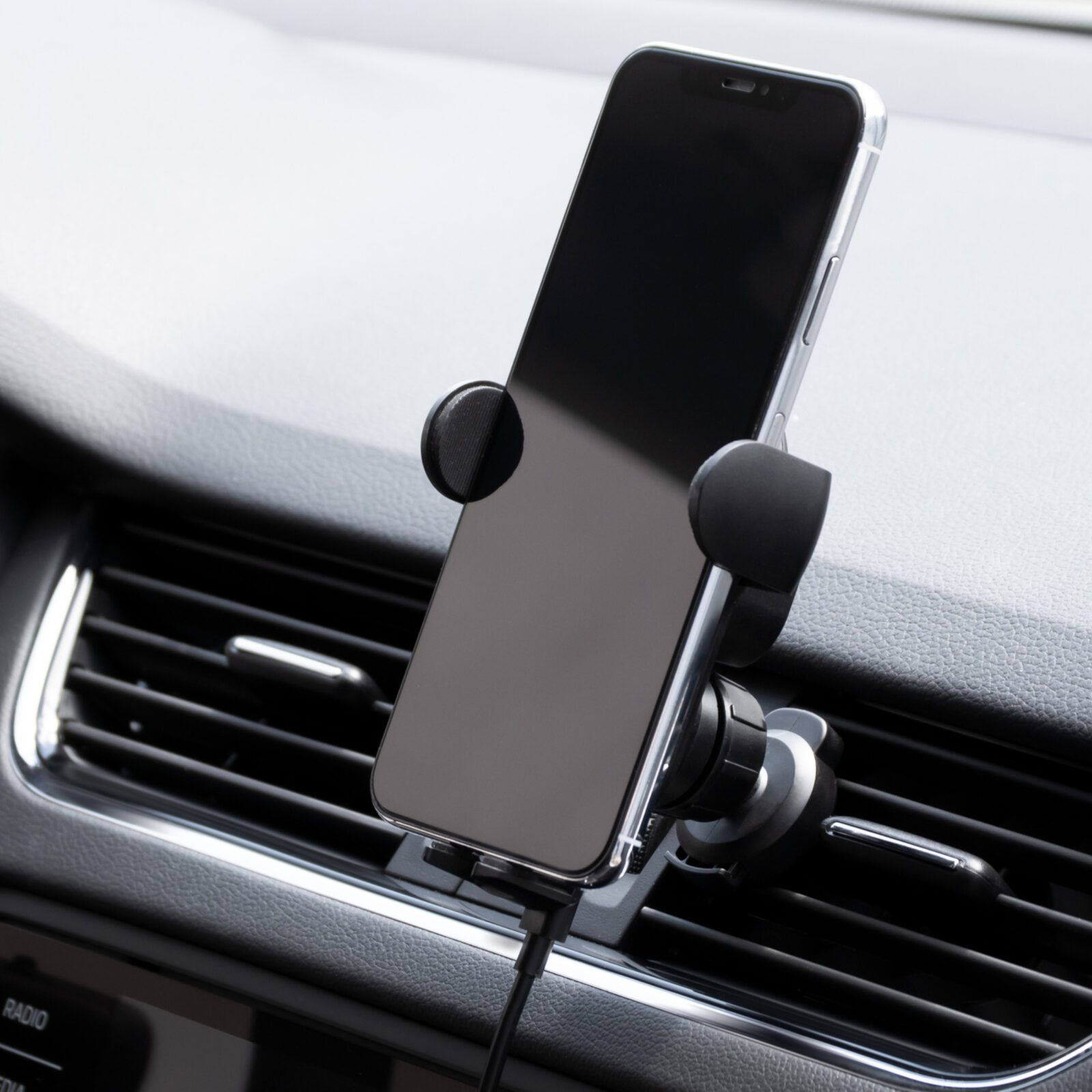Driver distraction is defined as anything that takes your eyes off the road, hands off the wheel, or mind off driving. All drivers engage in distracting activity while they are driving, and this includes distractions both inside and outside of the vehicle. Calming a distressed child in the back seat, using maps, staring at a traffic incident or calling a friend are all activities that interfere with safe driving.
Taking your eyes off the road for two seconds triples the risk of a crash or near crash.
For example, when driving at 50km/hr, if you take your eyes off the road for two seconds, you’ll travel 28m.[1] The average person’s time to react to an event is 1.8 seconds.[2] This means nearly four seconds pass before the average distracted driver can react to a hazard, increasing their risk of a serious crash.
Distracted driving is dangerous for the driver, passengers, and other road users. On average, 29 Queenslanders die and 1284 are hospitalised every year due to crashes where distracted driving or riding plays a part.[3]
There are lots of things we can do to mitigate the likelihood of driving distracted.
People
Passengers can help when driving by identifying hazards or providing directions and adjusting climate controls or music. They also can help use trailer brakes in an emergency if the brake controller is situated in the centre of the vehicle. However, they can also be a distraction with noise and unwanted behaviour or encourage you to take risks such as speeding or breaking rules.
Driving solo can also create issues with drivers experiencing loneliness, boredom and declining vigilance, leading them to engage in secondary tasks.
Studies have shown driving in an emotional state raises crash risk by nearly ten-fold!
Drinking, eating, or smoking are all secondary tasks that distract from driving. If eating while driving interferes with a driver’s control of the vehicle, the driver may be committing an offence depending on the circumstances. All states and territories across Australia require the driver to have proper control of the vehicle.
In NSW, driver distraction is broadly covered under NSW Road Rule 297(1) which is a general road rule that states “a driver must not drive a vehicle unless the driver has proper control of the vehicle”. As well as the dangers of driving under the influence, NSW Road Rule 298 (1) states that a driver must not consume alcohol while driving. This would apply regardless of whether the driver is under the limit.
Each state and territory have similar legislation. New Victorian road rules have recently come into effect to ensure that the legislation covers the increase of in-vehicle technologies and other technologies capable of distracting a driver.[4]








